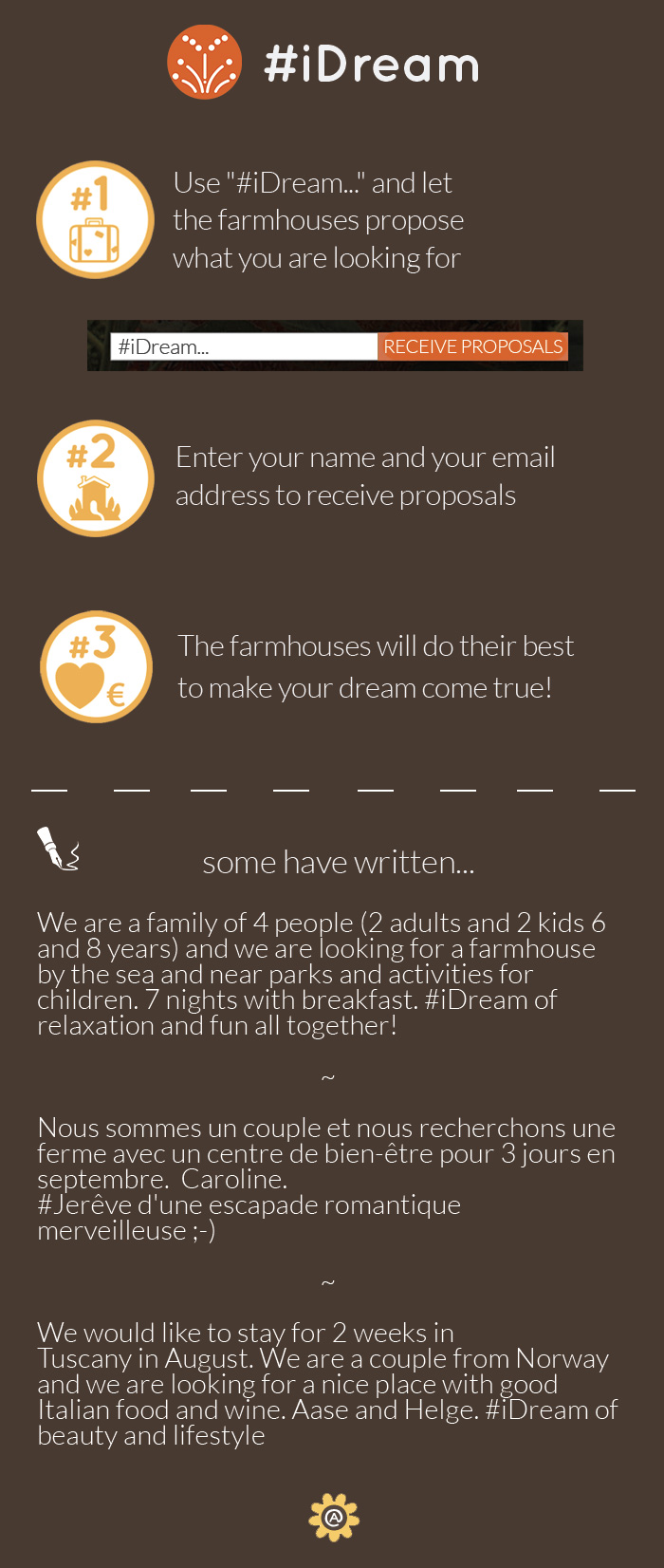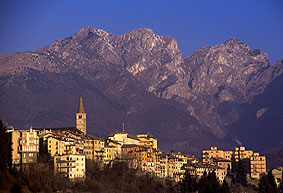


All the structures

Belluno has a splendid historical centre; visit Piazza Duomo with its eighteenth-century bell tower and ancient palaces of civic power such as those of the Rectors, and the fifteenth-century Central Fountain. Then visit Piazza del Mercato with its fine Renaissance monuments. Preserved almost intact are the city’s Dojona Gate to the north and the Rugo gate to the south.
Any visit to Belluno should include the Roman road Via Mezzaterra, and the Gothic church of S. Stefano.
In Belluno province, nature lovers will enjoy visiting the National Park of the Bellunese Dolomites. Nature in the park explodes in a riot of colours, with streams, lakes, woods and important forests such as the Caiada Forest. The meadowland is a major feature of this park, full of flowers and areas suitable for grazing. Naturally, the area’s main feature has to be the Bellunese Dolomites and their unforgettable scenery. The most important peaks are Feltre, Mount Talvena, Mount Pramper, Monti del Sole, and Mount Pizzocco, and the groups Cimonega, Brendola and Schiara. For years these locations have provided the background for human efforts in farming, mining, quarrying and rural building. These areas are full of examples of old and wonderful traditions.
Be sure to visit Limana near Belluna, famous for its Via Crucis, a demonstration of the great piety of this area. Valmorel is an excellent starting point for hikes.
Trichiana is another beautiful town to visit. Important evidence of its ancient past has been the discovery of the Neolithic Pian Grande di Nareon, dating from 10000-5000 BC, and the urn containing the ashes of Caius Durenius II from 235 AD, kept in Belluno’s Civic Museum.